What is a tantalum capacitor?
At present, the tantalum capacitor is still a kind of charge energy storage device with a small volume but high capacity, and the amount of electric energy it can store depends on the thickness and area of the medium.
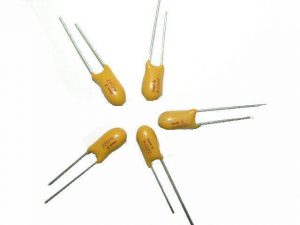
The dielectric capacity of the tantalum capacitor’s dielectric layer can reach 120KV/mm, and its relative dielectric constant is 27 times 10-12 farad/meter. Therefore, tantalum capacitors can withstand extremely high field strength in a very thin medium layer, which is the root cause of their small size but high capacity. Tantalum capacitors are not only used in military communications, aerospace, and other fields, but also in industrial control, video equipment, communication instruments, electric vehicles, and other products.
Tantalum capacitors are mainly used for filtering, energy storage, and conversion, marking bypass, coupling, and decoupling and acting as the time constant elements. Pay attention to its performance characteristics in the application, and the correct use will help to give full play to its functions.
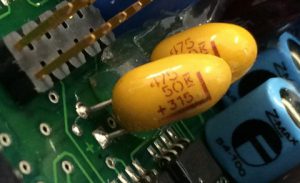
How to select appropriate tantalum capacitors?
To choose tantalum capacitors, the first problem is to choose encapsulation, voltage resistance, and capacitance. The capacity determines the size (encapsulation) of tantalum capacitors; on the contrary, what size determines what capacity and pressure tolerance can be achieved. According to the market, the most common problem is that engineers ignore this problem in the design process, and always want to achieve the desired parameters on the smallest device.
For example, the capacity of type A 10UF can be seen to have a withstand voltage of 4v6.3v10v20v, however, if you want to use 25V10UF, only the B type of tantalum capacitor can be used. In addition, since tantalum capacitors are used for derating, generally 70% of the capacitors need to be used, that is, the working voltage is 10V, which should be divided by 0.7. The capacitors can only be used with 16V withstand voltage.
How to purchase the original tantalum capacitors?
Due to the wide variety of electronic components and special uses, the current component market is full of fake products, dismantling and refurbishing products. The choice of a high-quality, long-term cooperation of the business is particularly important.
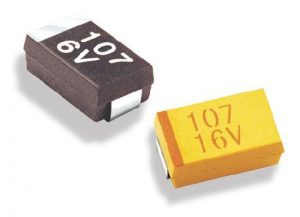
Currently, the world mainly has the following five brands of tantalum capacitors: AVX, KEMET, VISHAY, NEC, and NICHICON. Tantalum capacitors on the market are divided into two types: yellow tantalum and black tantalum. In simple terms, the black tantalum is produced by molding tantalum powder into shape, while the yellow tantalum is formed on the surface with polyoxide resin. Due to the production process, the internal space of black tantalum is not utilized most effectively, so the capacity of yellow tantalum is larger than that of black tantalum.
Please visit http://www.samaterials.com for more information.
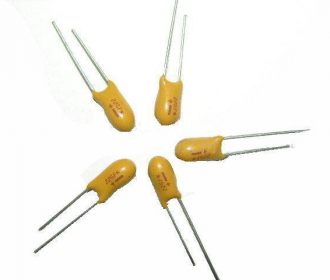
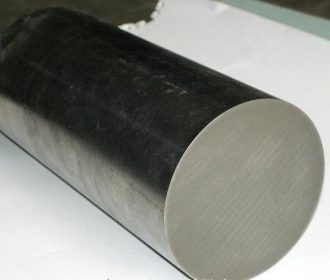
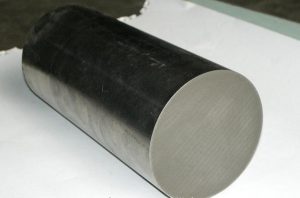
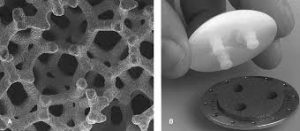
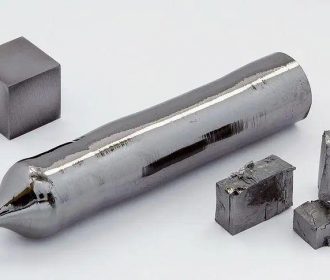
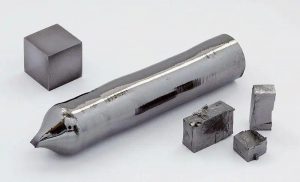
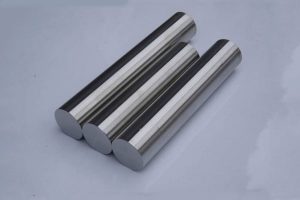
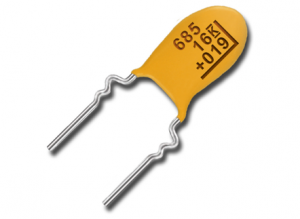
Recent Comments